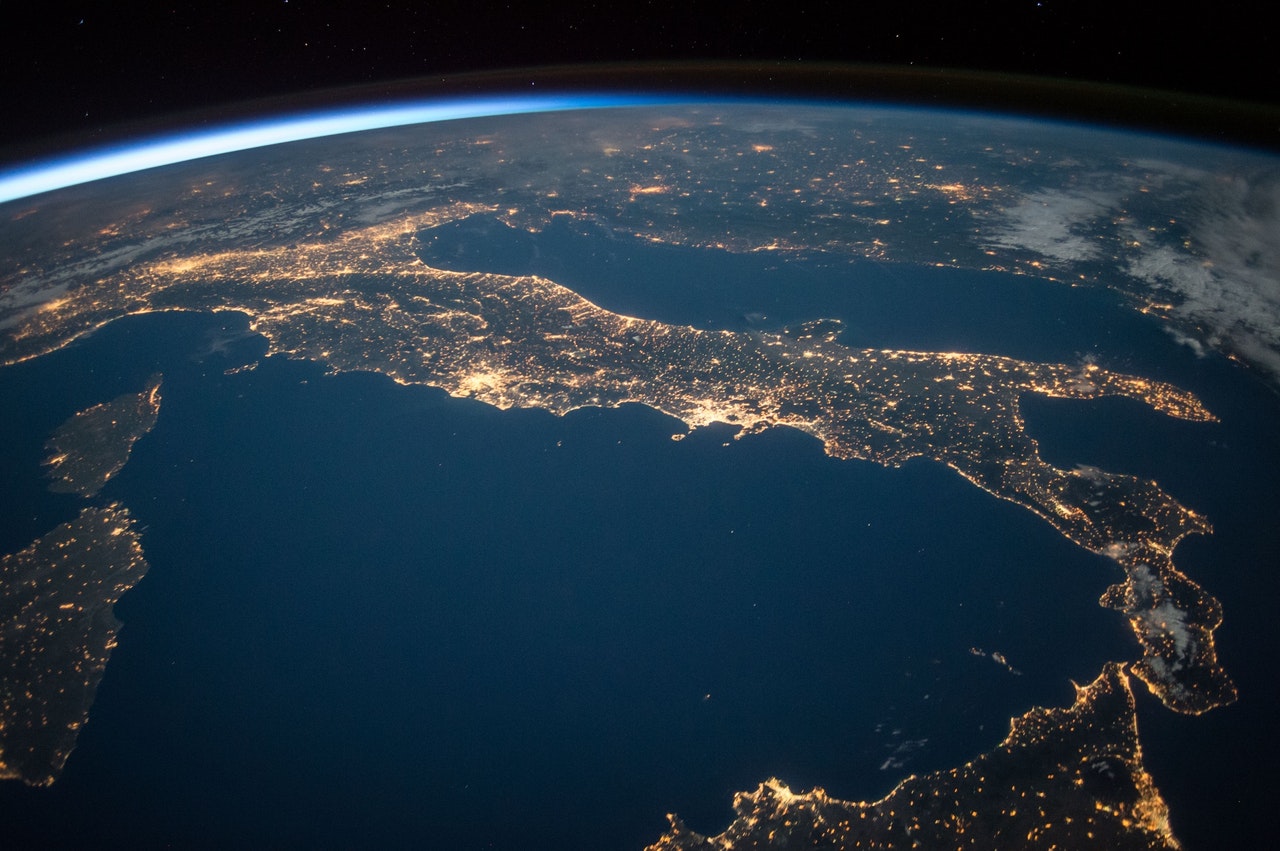3D printing in space could help astronauts and Earth-bound humans alike
Tags:

This story is part of a collection of stories showcasing a few projects funded through the Canada Innovation Fund 2020 competition and originally appeared on Innovation.ca, the website of the Canada Foundation for Innovation.
Ninety-eight percent of a rocket’s mass is fuel — fuel necessary for it to overcome Earth’s gravity and launch into space. The remaining two percent comes from the rocket and payload. Reduce even a small amount of that two percent, and you can substantially cut back on fuel. This in turn could save money and lessen environmental impact.
York University mechanical and space engineer George Zhu and Western University material, mechanical and biomedical engineer, Jun Yang, are working to do just that with an ambitious project that is a mix of space flight and medical applications research. Instead of loading rockets with heavy, bulky equipment — which has the added disadvantage of needing to be manufactured under Earth’s gravity — and tools needed for repairs or experiments, they are perfecting artificial intelligence-enhanced methods for 3D printing such payloads in space.
“If you’re 3D printing it, you only need to carry the raw materials. They take up less volume and also less mass,” says Zhu. “If you can print it by recycling materials from space debris, you can further cut the launch costs.”
Zero Gravity requires novel approaches for 3D printing
The challenges and potential benefits of 3D printing in space revolve around microgravity and vacuum environments. Away from Earth’s gravity, the molten metals and plastics in the printing process behave differently.
“On Earth, when 3D printing lays down layers, gravity helps bonding between layers and the air flow helps to cool the printer and printed parts. In space, bonding is weaker because there is no gravity and the cooling is much harder because of the vacuum,” says Zhu.
The team also hopes to experiment with raw materials available on the Moon and Mars — two potential space destinations. Scientists already know a fair bit about soil composition there, says Yang.
“We could use Moon soil or Mars soil in 3D printers,” he says. “The big picture is that if we want to explore space, we need to understand how to do this. We can’t bring everything we might need with us.”
With funding from the CFI, the team will buy a two-metre-square vacuum chamber that fits both a laser 3D printer and the AI-enhanced robot that operates it. The team will test the 3D printing process in different directions related to the Earth’s gravity. This will allow them to find ways to overcome the bonding issues associated with vacuum and gravity.
The team is also experimenting with 3D printing implantable biological substitutes, such as skin grafts and organs, for medical treatments in space as well as on Earth. The advantage of printing these soft tissues in space is that there is no gravity threatening to collapse their delicate scaffolding.
“We can use space as a factory,” says Zhu. “You fabricate it there and send it back here.”